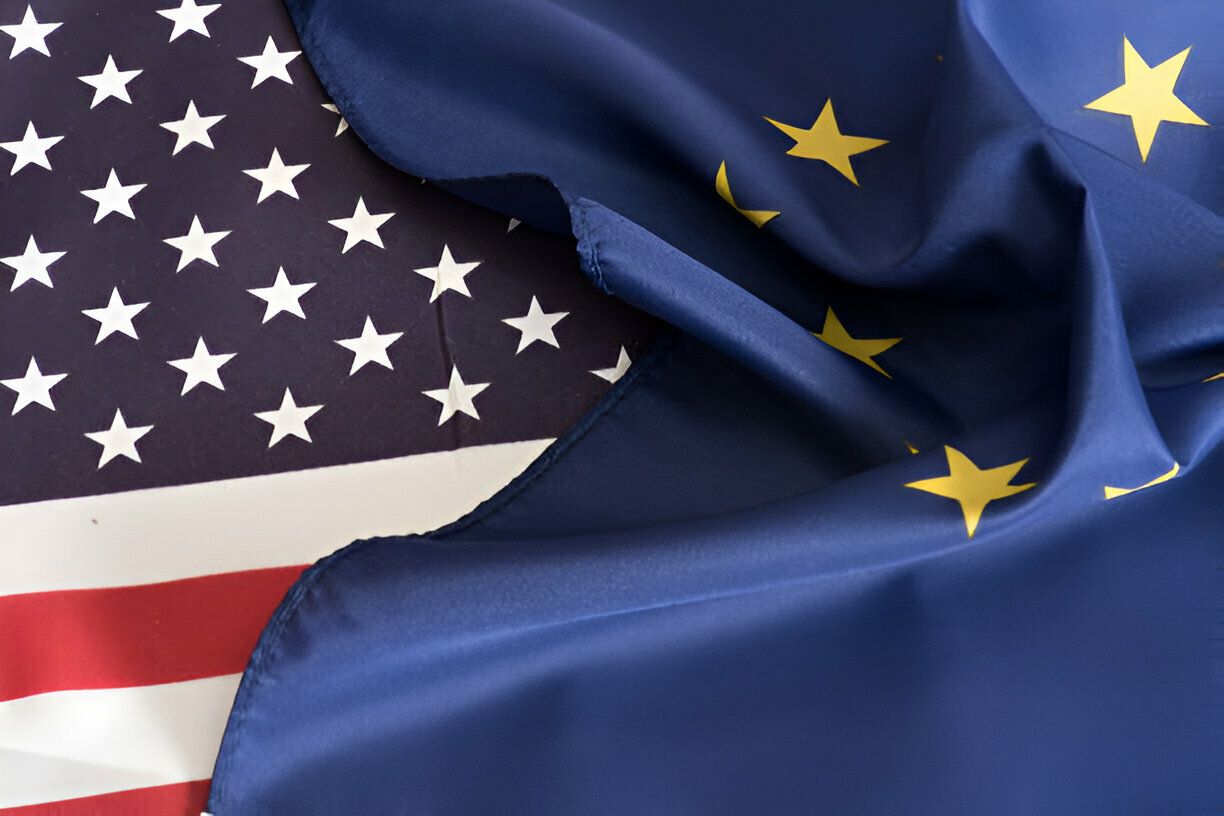Data privacy has become a global concern, but the U.S. and Europe take very different approaches to regulation. European data privacy laws prioritize consumer rights and strict compliance, while U.S. laws focus on business flexibility and sector-specific rules. These differences shape global data protection, affecting businesses and consumers alike.
Understanding the key differences between U.S. and European data privacy laws can help businesses navigate compliance more effectively. From regulatory enforcement to user rights, each system has unique elements that shape digital privacy and security. Here’s how the two regions compare in key areas of data protection.
Contents
Regulatory Frameworks and Key Laws
In Europe, data privacy is governed primarily by the General Data Protection Regulation (GDPR). This law sets strict guidelines on data collection, processing, and user rights across all EU member states. GDPR enforces comprehensive data protection rules and applies to any company handling EU citizens’ data, regardless of location.
In contrast, the U.S. lacks a single comprehensive data privacy law. Instead, regulations are sector-based, with laws like the Health Insurance Portability and Accountability Act (HIPAA) for healthcare and the Children’s Online Privacy Protection Act (COPPA) for children’s data.
State-level laws, such as the California Consumer Privacy Act (CCPA), add another layer of complexity to data privacy regulations in the U.S.
User Rights and Consumer Protections
European data privacy laws grant individuals extensive control over their personal data. Under GDPR, users have rights such as access to their data, the right to correct inaccuracies, and the right to be forgotten. Companies must provide transparency about how they collect and use data.
In the U.S., consumer rights vary by industry and state. While some regulations, like CCPA, grant users access to their data and allow them to opt out of sales, there is no federal law ensuring broad user protections. As a result, American consumers often have fewer guaranteed rights compared to their European counterparts.
Consent and Data Collection Practices
GDPR requires companies to obtain clear, explicit consent from users before collecting personal data. Consent must be freely given, informed, and revocable. Businesses must also minimize data collection and process only what is necessary.
In the U.S., businesses often use opt-out mechanisms rather than requiring explicit consent. Many companies collect user data by default and provide an option to opt out, rather than asking for prior approval. This approach results in more extensive data collection practices compared to Europe.
Enforcement and Penalties
GDPR enforces strict penalties for non-compliance, with fines reaching up to 4% of a company’s global revenue. European regulators actively monitor data protection compliance and impose significant consequences on violators.
U.S. enforcement varies widely, as there is no single federal authority overseeing data privacy. Agencies like the Federal Trade Commission (FTC) can take action against unfair data practices, but penalties are often less severe. State laws, like CCPA, introduce additional enforcement measures, but they lack the unified strength of GDPR.
Business Compliance and Burden
For businesses operating in Europe, GDPR compliance involves extensive documentation, data protection impact assessments, and designated data protection officers. Companies must also notify authorities of data breaches within 72 hours, increasing regulatory demands.
In the U.S., compliance depends on industry-specific laws and state regulations. Many businesses adopt voluntary best practices to avoid regulatory scrutiny. While some U.S. states enforce strict privacy laws, the overall compliance burden is less uniform than in Europe.
Cross-Border Data Transfers
European data privacy laws impose strict rules on transferring personal data outside the EU. GDPR requires that international transfers occur only with adequate data protection safeguards, such as standard contractual clauses or approved frameworks.
In the U.S., data transfer rules are more flexible, but international agreements like the now-invalidated Privacy Shield framework have caused legal uncertainties. Companies handling EU user data must find alternative legal mechanisms to ensure compliance with GDPR standards.
Conclusion
The U.S. and Europe approach data privacy with fundamentally different philosophies. While Europe prioritizes user rights and strict enforcement, the U.S. takes a fragmented, business-friendly approach. These differences create compliance challenges for global companies handling personal data.
Understanding these distinctions is crucial for businesses and consumers navigating the complexities of data privacy laws. As technology evolves, both regions may continue refining their regulatory landscapes, potentially leading to more unified global data protection standards in the future.

